Cat palms (Chamaedorea cataractarum) are beautiful, low-growing houseplants that bring a tropical feel to any space. But while they’re popular for their lush greenery and non-toxic nature (safe for pets!), many plant lovers unknowingly make mistakes that harm these delicate palms.
In this complete guide to cat palm care, you’ll learn exactly how to keep your plant healthy, thriving, and looking its best year-round.
 What Is a Cat Palm?
What Is a Cat Palm?
The cat palm, also known as the cascade palm, is a clump-forming tropical palm native to Mexico and Central America. Unlike taller palm varieties, it grows in bushy clusters of fronds and typically maxes out at about 3 to 6 feet tall indoors. It’s a great option for those looking for a lush, non-toxic houseplant.
Essential Cat Palm Care Tips
🌞 1. Light: Bright but Indirect
Cat palms thrive in bright, indirect light. Direct sunlight can scorch the leaves, while too little light causes yellowing and stunted growth. Near an east- or north-facing window is ideal.
Helpful Note: Rotate your palm every few weeks to ensure even growth and prevent it from leaning toward the light.
💧 2. Watering: Keep Soil Slightly Moist
Cat palms like their soil consistently moist—but not soggy. Water when the top inch of soil feels dry, and make sure your pot has proper drainage.
Pro Tip: Reduce watering in winter when growth slows down.
🌿 3. Humidity: Mimic a Tropical Climate
These palms love humidity. Dry indoor air, especially in winter, can cause browning tips.
-
Mist regularly
-
Use a humidifier
-
Place on a pebble tray with water
🌱 4. Soil and Repotting
Use a well-draining potting mix—a combination of peat, perlite, and a bit of sand works well. Repot every 2-3 years to refresh the soil and manage root growth.
✂️ 5. Pruning and Cleaning
Remove yellow or damaged fronds at the base with sterile scissors. Dust leaves with a damp cloth to keep them clean and boost photosynthesis.
 Frequently Asked Questions
Frequently Asked Questions
❓1. Why are the tips of my cat palm turning brown?
Brown tips usually mean low humidity, over-fertilization, or fluoride in tap water. Try using distilled water and increasing humidity around the plant.
❓2. How often should I fertilize a cat palm?
Feed your palm once a month during spring and summer with a balanced liquid fertilizer diluted to half strength. Avoid fertilizing in the fall and winter.
❓3. Is the cat palm safe for pets?
Yes! The cat palm is non-toxic to cats and dogs, making it a pet-friendly choice for indoor gardens.
❓4. Can cat palms survive in low light?
They can tolerate low to medium light, but they thrive best in bright, indirect sunlight. Low light can lead to leggy growth and fewer fronds.
Final Thoughts
Caring for a cat palm may take a little effort, but the reward is a lush, vibrant plant that brings life to any room. By providing the right balance of light, water, humidity, and nutrients, your palm can stay healthy and beautiful for years to come.
Key Takeaway: Think tropical—moist soil, high humidity, and indirect light. Keep it simple, and your cat palm will thank you.
Helpful Notes
-
Avoid tap water if your plant shows signs of fluoride sensitivity (brown leaf tips).
-
Don’t overwater—root rot is a common killer.
-
Use a humidifier in dry months to prevent leaf crisping.
-
Look for pests like spider mites, especially in dry indoor environments.
If you found this guide helpful, share it with other plant lovers and explore more indoor plant care tips on our blog!


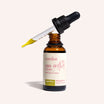
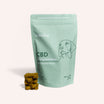
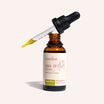
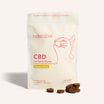
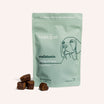
![Probiotics For Dogs [Soft Chews] - HolistaPet](http://www.holistapet.com/cdn/shop/files/Probiotic-Infographic-1_472d7a29-e30c-435a-9638-1365d8c3a9f9.jpg?v=1725384841&width=104)
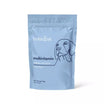
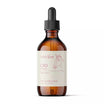
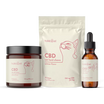
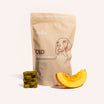

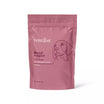

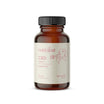
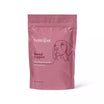

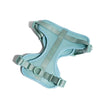

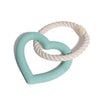
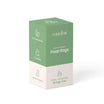
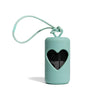
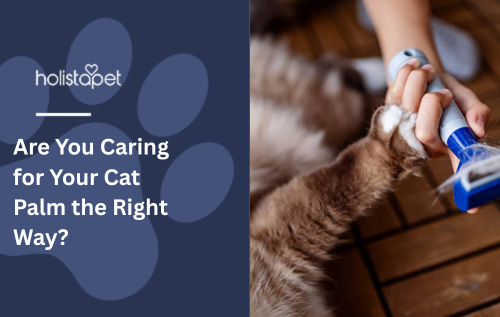
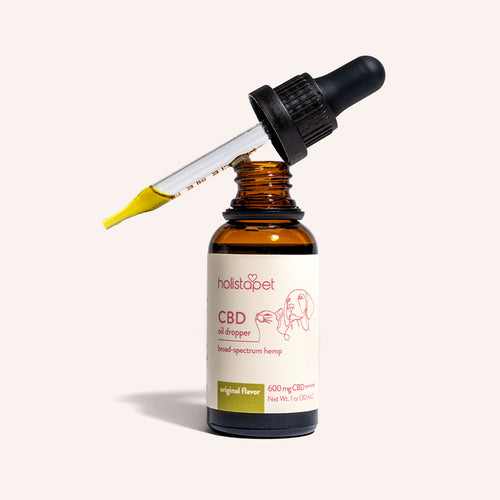 CBD Oil for Cats - Fast Acting
CBD Oil for Cats - Fast Acting
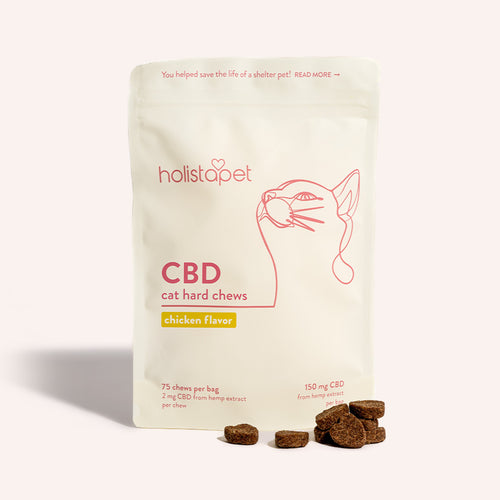 CBD Cat Treats - Easy Dose
CBD Cat Treats - Easy Dose
 CBD Calming Chews for Cats - Highly Rated
CBD Calming Chews for Cats - Highly Rated
 CBG Oil for Dogs and Cats - Loved by Thousands
CBG Oil for Dogs and Cats - Loved by Thousands


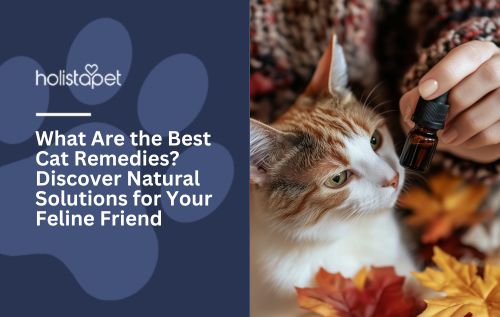


Leave a comment
All comments are moderated before being published.
This site is protected by hCaptcha and the hCaptcha Privacy Policy and Terms of Service apply.